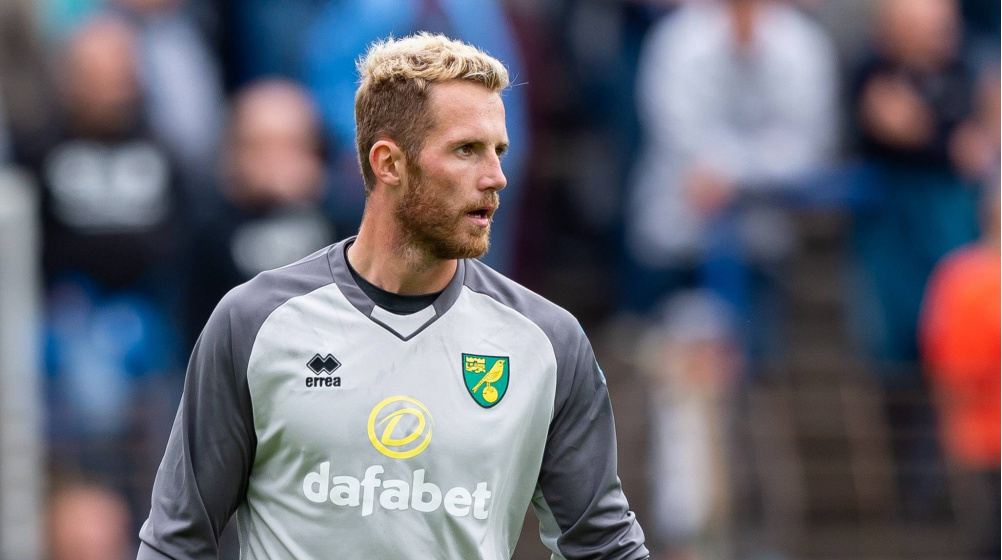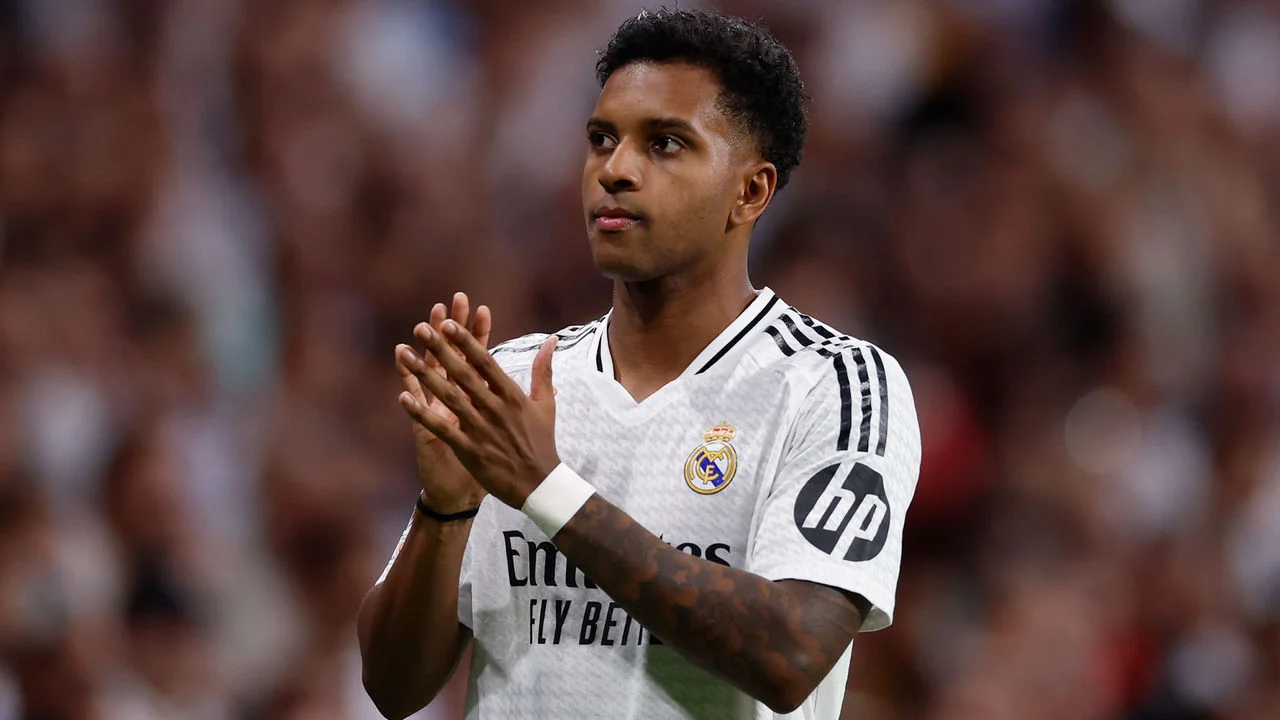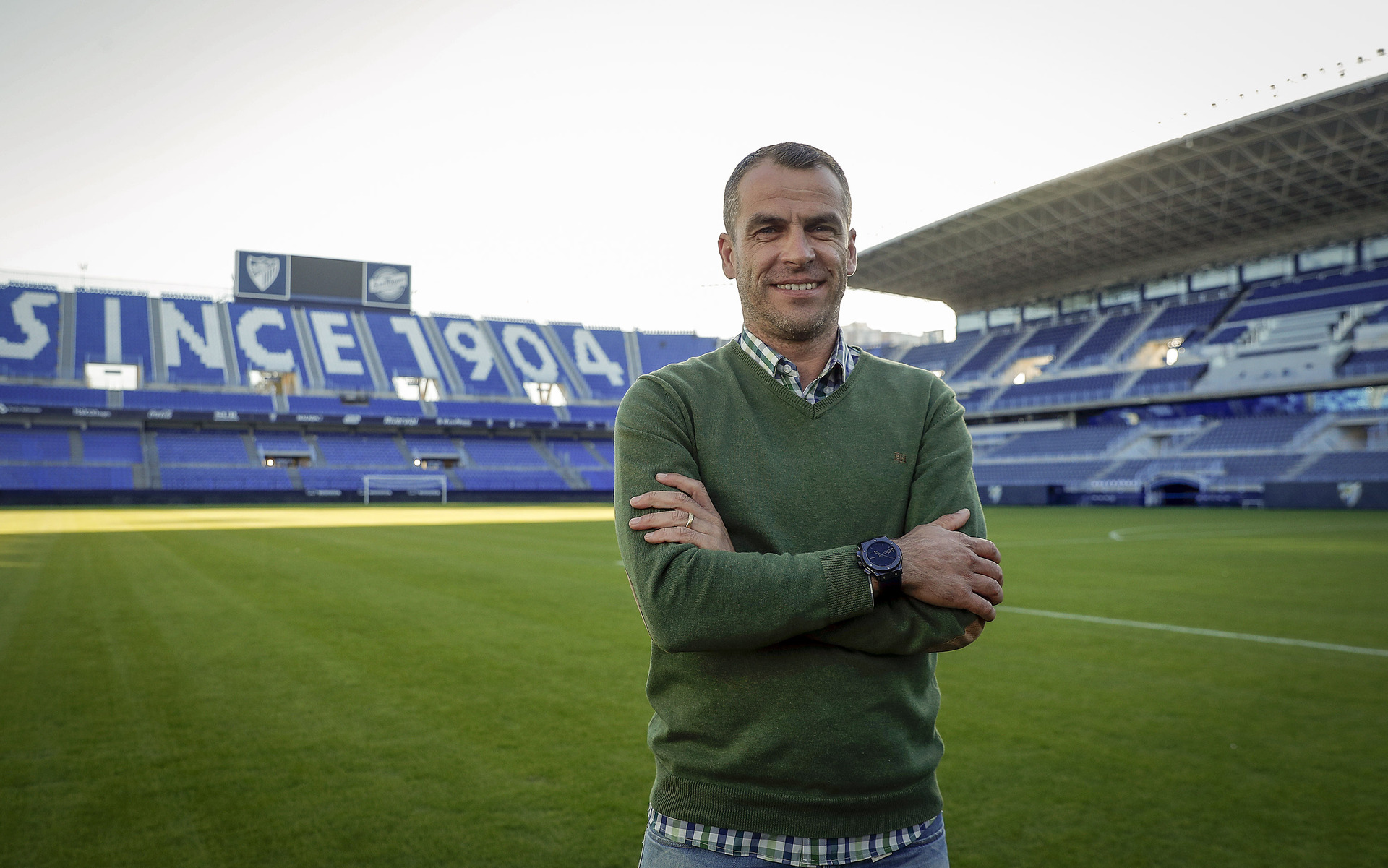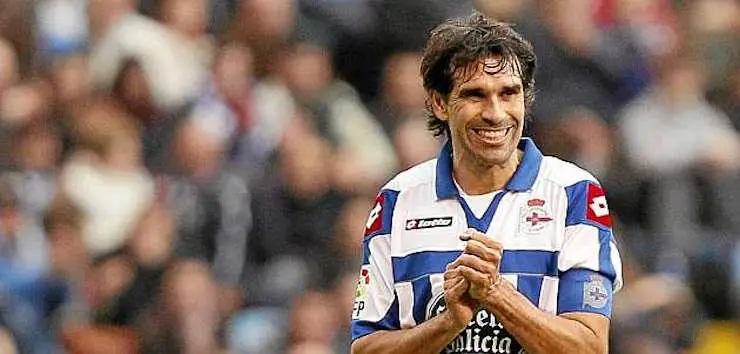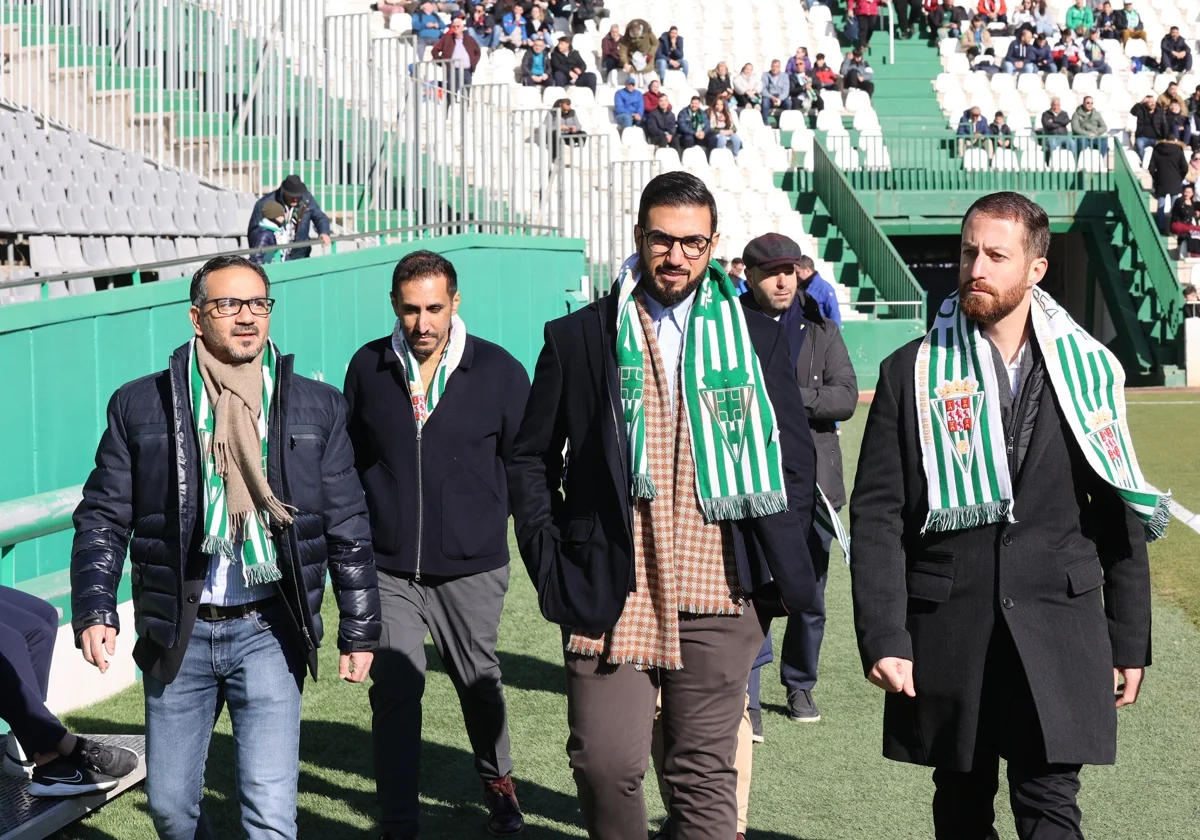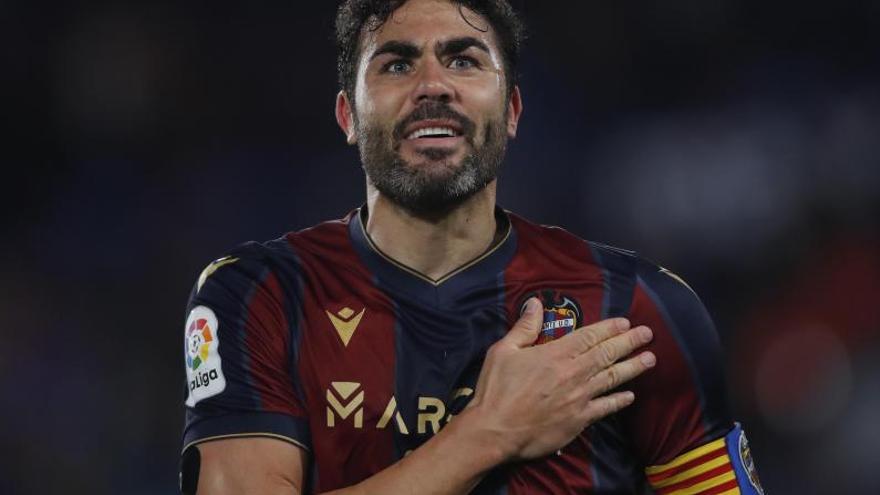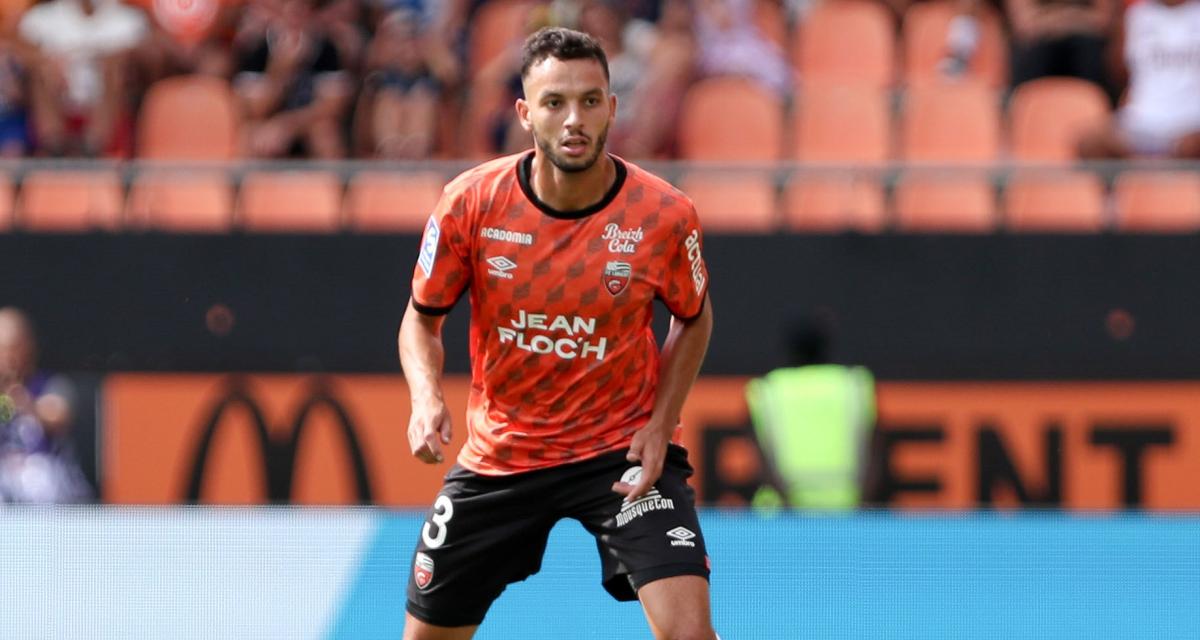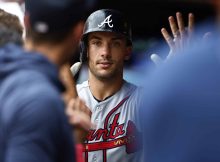
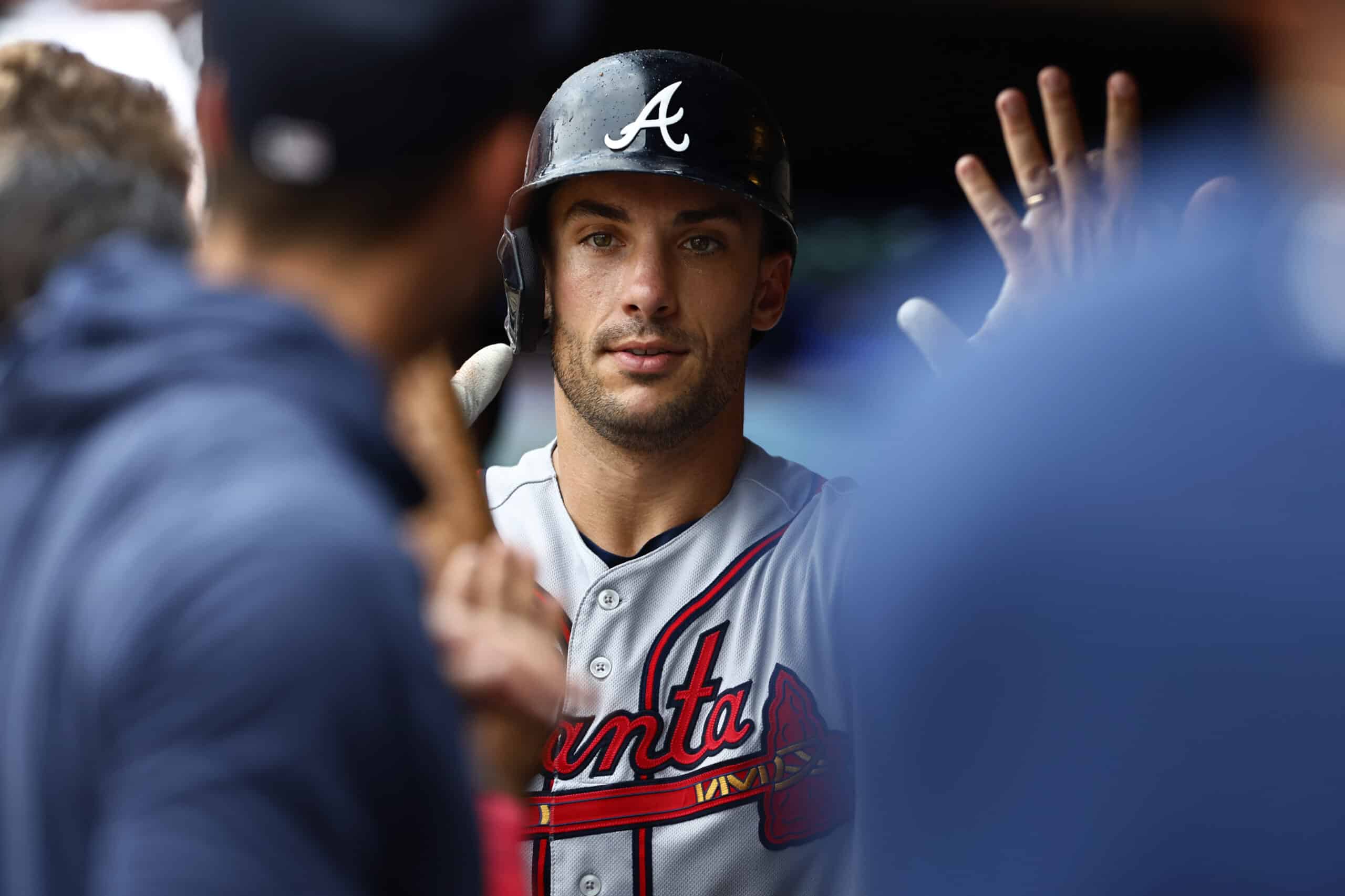
With young players being promoted and major level roster upgrades occurring often, the Atlanta Braves’ farm system is generally seen as having dropped into the lowest third of baseball in terms of both quantity and quality.
However, at Braves Today, we’re confident in Atlanta’s minor league potential as well as the organization’s standing and history of nurturing that talent.
Here are our scouting profiles for numbers 25 through 21 on the list, which features a number of arms and an international free agent who made an outstanding debut in the Dominican Summer League. We have revised our farm system rankings for the 2024 season.
With a mid-80s changeup and a low-90s two-seamer, De Avila is a groundball specialist and the pitching equivalent of a Short King (5’9, 215). Although his breaking ball is a distant third choice because to its unpredictable shape, he still possesses it. His ability to get groundballs is a constant; he had a 62% GB mark in High-A in 2022 and a 52% mark in AA the previous season. Good floor, but with increased velocity and/or better command (only a 61% strike rate the previous season), the ceiling might rise.
It was a difficult year for Keller, who arrived at the IL in late May with the dreaded “forearm soreness” and returned lacking in both command and velocity. But his six starts before the injury were spectacular (1-0, 1.17 ERA in 23 innings with 22 strikeouts to 3 walks), and he’s been added to the list as a kind of “mulligan” during the recovery period. The undersized righty (5’10, 180) has an intriguing fastball, slider, and splitter combo, with mid-90s velocity on his heater and
wicked spin on the slider. After working with Adams Performance, a Richmond, Virginia-based organisation, over the break, he is reportedly up to 190 pounds and breaking fastball records. With that added velocity and improved health, great things could be ahead for the righty.
Benitez, who signed for $2.5 million out of the Dominican Republic, was Atlanta’s 2022 IFA crop’s jewel. He did better in the complex after a difficult DSL start, particularly as the season went on and he became more aware of the ways in which professional pitchers would approach him. Benitez tends to chase a bit and settle for subpar contact at times, preventing him from elevating the ball. Despite this, approach changes will be necessary to fully utilise that power in games. Optimists can point to the steadily declining strikeout rate as the season went on and the glimpses of raw power in the swing.
Though internal evaluators we’ve spoken to believe it’s more mental errors than fundamental skill gaps, there’s belief he can be an average defensive shortstop with an above-average arm capable of sticking on the left side of the infield. Defensively, he makes flashy plays occasionally but also misses routine ones.
Up the middle, Milligan is a sparkplug who offers excellent contact ability and defensive versatility (87% zone-contact last season). His lightning speed enables him to cover territory defensively and put pressure on opposing teams to lengthen base hits and steal base opportunities. He can play all three outfield positions in addition to second base. Although he has a high floor as a utility defender and is one of the organization’s top contact hitters, his lack of power likely prevents him from being a first division regular.
Despite Harris’s inspiring tale of how he played for the Savannah Bananas and used LinkedIn to land a big league opportunity, this is no charity case—the man can really shove. The heater outperforms its velocity when thrown up in the zone, despite the fastball only reaching 93 last season due to a low release point, flat approach angle, and above-average generated vertical break. Harris supports it with a late, strong slider that, with a little more consistency, might be useful in a relief position as early as this season.

